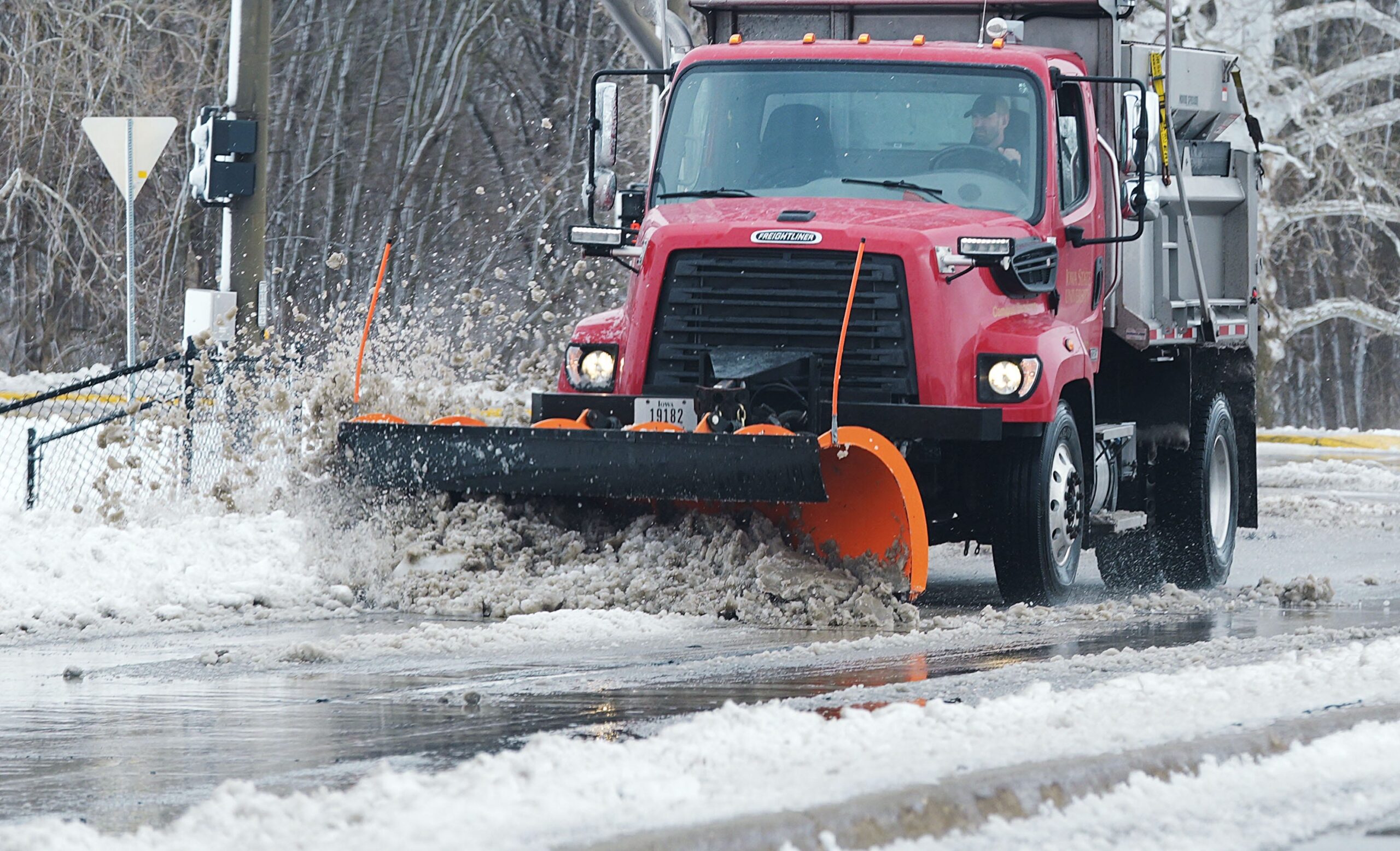
West Coast Braces for New Storm as East Recovers from Devastating Weather
The western United States is preparing for a potent Pacific storm system set to deliver heavy rain and significant snowfall, while residents across the central and eastern parts of the country are experiencing a temporary respite following a severe and deadly storm that ravaged the region earlier this week. The incoming storm threatens California and other western states with flooding, mudslides, and treacherous mountain conditions, prompting warnings from state officials and the National Weather Service. Meanwhile, the eastern U.S. grapples with lingering high winds and the aftermath of widespread damage caused by the departing weather system.
California, in particular, is bracing for impact. Coastal areas stretching from south of San Francisco down to San Diego are expected to receive approximately an inch of rainfall through Thursday. However, the slopes of the Coast Ranges are forecast to experience significantly heavier precipitation, potentially reaching up to four inches. AccuWeather has issued warnings regarding the potential for urban flooding in populated areas and the increased risk of mudslides in vulnerable regions.
Governor Gavin Newsom took to social media platform X (formerly Twitter) to emphasize the potential dangers posed by the incoming winter storm, specifically highlighting the risk of debris flow in areas of Los Angeles County that have been previously scarred by wildfires. "We’re actively coordinating with local responders to ensure this region has the resources it needs," Newsom stated, underscoring the state’s commitment to mitigating the storm’s impact and protecting communities at risk.
The approaching storm system is not expected to remain confined to the coastal regions of California. Forecasters predict that it will push further inland, reaching the Rocky Mountains by Thursday evening. The high-altitude areas of Arizona, Utah, Colorado, and portions of Wyoming are anticipated to receive substantial snowfall, with accumulations potentially reaching one to two feet. This heavy snowfall poses a significant risk of hazardous travel conditions in mountainous regions, potentially impacting transportation and outdoor recreational activities.
The wintry weather is forecast to extend even further eastward throughout Friday, reaching the Plains and Midwest. South Dakota and Nebraska are bracing for potentially heavy snowfall, with accumulations of up to a foot expected in some areas. Illinois and other states in the region are also likely to experience several inches of snowfall, which could disrupt daily routines, strain local infrastructure, and create challenging travel conditions.
The National Weather Service has issued winter weather advisories for the California mountains and ten states across the West, urging residents to exercise caution and take necessary precautions. The advisories specifically highlight the dangers posed by high winds and treacherous road conditions, emphasizing that roadways, particularly bridges and overpasses, are likely to become slick and hazardous.
The National Weather Service office in Hanford, California, issued a stark warning, stating that "Travel could be very difficult. The hazardous conditions could impact the Thursday morning commute." This warning underscores the potential for widespread disruption to daily life and economic activity as residents navigate potentially dangerous travel conditions.
Meanwhile, much of the central and eastern United States is experiencing a brief respite from the intense weather conditions that were unleashed by a powerful storm earlier in the week. This colossal storm system moved off the Atlantic Coast on Wednesday, but not before leaving a trail of destruction and disruption across a vast swath of the country.
The departing storm brought hurricane-force winds, devastating tornadoes, torrential rainfall, and blizzard-like conditions to numerous states, causing significant damage to infrastructure and property. Tragically, the storm is blamed for the deaths of five people in Nebraska and Mississippi, highlighting the devastating potential of severe weather events.
On Thursday, cleanup efforts were underway in Texas, Oklahoma, and Louisiana, where crews were working diligently to clear damage and debris caused by multiple tornadoes. Across the Plains and Midwest, snow-covered roads were being plowed and cleared, as communities began the process of recovering from the storm’s impact.
While the most intense weather conditions have subsided in the East, lingering concerns remain. High wind advisories are in effect from New England to Georgia, warning of strong gusts that could cause power outages and bring down tree limbs. The highest wind gusts, potentially reaching up to 60 mph, are expected at higher elevations, posing a continued threat to infrastructure and public safety.
In Florida, the combination of high winds, low humidity, and dry conditions has prompted the issuance of red flag warnings. These warnings indicate a heightened risk of wildfires, emphasizing the need for extreme caution in outdoor activities and adherence to fire safety regulations.
The juxtaposition of the incoming storm in the West and the ongoing recovery efforts in the East underscores the vulnerability of communities across the United States to the impacts of extreme weather events. From the threat of flooding and mudslides in California to the lingering effects of tornadoes and blizzards in the central and eastern states, the nation is grappling with the consequences of a dynamic and increasingly volatile climate. The events of this week serve as a stark reminder of the importance of preparedness, resilience, and proactive measures to mitigate the risks associated with severe weather.
